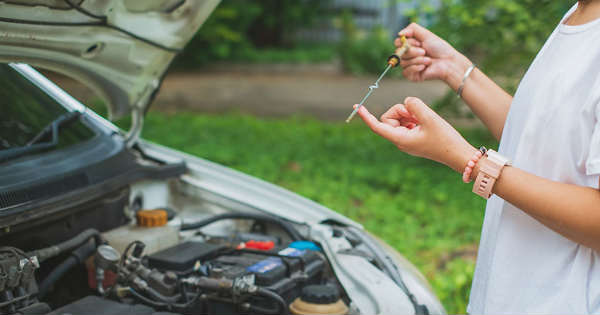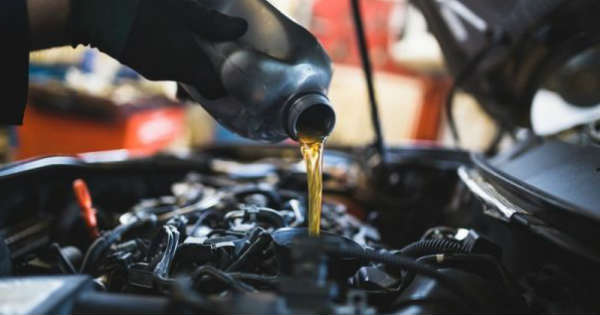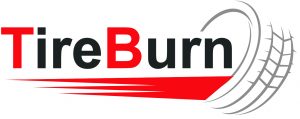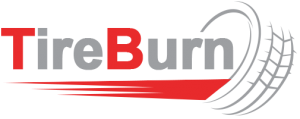Vehicle owners often believe they can save money by using inexpensive do-it-yourself automobile maintenance and repair tools and kits. Although anyone can handle some maintenance and repair tasks on their own with little-to-no difficulty, many drivers don’t know their limits. They fail to recognize that there are certain types of vehicle-related tasks that require an expert’s skills. Certain do-it-yourself car maintenance attempts can actually cost more in the long run because drivers must seek professional help to correct their mistakes.

Learn Your Options
Most vehicle owners are taught how to perform simple DIY maintenance by their parents and driving instructors. For example, they learn how to replace fluids like oil, transmission fluid, coolant and windshield wiper fluid regularly. There are plenty of other basic maintenance tasks you can perform as well. Learn more about your options by considering the following six sections of tasks that anyone can perform and the additional ones to leave to experienced automotive technicians.
Lights
If you think that only an authorized dealer or mechanic can fix a non-working light, think again. Many of the most common problems with vehicle lights are easy to fix via DIY methods. For example, you can usually replace a blown bulb in a headlight assembly with little effort. The most difficult part is reaching behind the back of the assembly, especially if you have large hands, and then determining how to remove the existing bulb.
Typically, drivers can change the blown headlight, tail light, trunk and interior bulbs on their own. You can also remove most white or yellow discoloration on the exterior of headlights. Rub the outside of the light assembly gently with toothpaste and a melamine foam to remove a small layer of dirt and discolored plastic, rinse away the debris and then apply a protective UV-resistant sealant coat to the surface prevent future buildup and discoloration.
When should you seek help? Any time you’re dealing with more complex light-related tasks, such as full light assembly replacement, water buildup removal and crack repair, schedule an appointment with a professional.
Wipers
You should replace wiper blades when they become damaged, wear down or every six to twelve months, whichever comes first. You can tell there’s a problem with the blades when they show signs of pitting, cracking and edge wear, fail to wipe away water efficiently, make partial contact with the windshield or produce abnormal sounds as they move across the surface.
To remove the old blades, you simply slide, unsnap or unhook them from the arms and then perform the reverse action with the new ones. Several national auto parts companies also offer blade removal and installation services at their retail locations at no additional cost to customers.
When should you seek help? An appointment with an expert is necessary with wipers if the arms stop working and the work requires total arm replacement or rewiring of any sort.
Electrical
Your vehicle likely has primary under-hood and secondary dash fuse boxes. The under-hood box typically rests on a horizontal surface near the engine. The dashboard one usually looks like a vertical panel. It’s often found on the driver’s side. In these boxes, you should find blade-style fuses, tubular glass fuses and/or plug and play relays.
When performing fuse-related maintenance, you should look through the clear plastic or glass to make certain that the metal wire inside isn’t damaged or broken and replace any problems ones. Always make certain to turn off the engine and use a fuse puller, often included with the vehicle, to pull each fuse gently from its socket. To replace a fuse, push a good fuse with the same amperage into the empty socket.
Two other maintenance tasks that you can perform involve your vehicle’s battery: Any driver can clean the terminals of corrosion and even swap out an old battery for a new one. As with wipers, some national auto parts stores offer free removal and installation services.
When should you seek help? If your battery ever overheats and bulges or sprays fluid over the engine and under the hood, you likely have an alternator or other severe electrical problem that requires more than DIY skills.
Any wiring tasks should be handled by certified automotive technicians. Although drivers can usually remove and replace relays and spark plugs with ease, it’s wise to have a mechanic do the work. They can check the electrical system with their equipment for warning codes.

Upholstery
You can also maintain fabric, leather and other upholstery on your own on a regular basis. Vacuum at least once a month and use an upholstery cleaner at least every season to remove unhealthy dust and dirt. Wipe and gently scrub away stains and unsightly marks like black shoe scuff marks extending down from the dashboard near the floor mats.
Fix small damage spots like scratches and tears that can enlarge over time with one of any available upholstery repair kits that offer a patch or liquid repair options. You should also protect the seats from wear and stains by using seat covers.
When should you seek help? Contact an auto upholsterer any time the upholstery has more severe damage and requires large sectional repairs or total replacement. The repair of the frayed or torn sun visor and ceiling materials also require the skills of a professional.
Body
It’s okay to perform small paint-related corrections for tiny scratches, scrapes, and indents using automotive paint, filler, and sealant. That said, dents in the body shouldn’t be a DIY project no matter how many “How To” articles and videos exist online showing drivers how to do the repairs.
DIY dent repair, especially hail or athletic ball damage, doesn’t always stay fixed. For example, if you pull out a minor dent using a paintless dent repair tool, the surface might shift enough while you’re driving that it pops back into the dented shape. You might force the dent out too far into a bubble shape that’s hard to repair.
Once you fix a minor dent, you might discover that the paint has cracked, which then requires additional repairs. You might also learn while trying to make the repair, that the DIY project is far more difficult than you imagined because you need to reach into a space behind the dent under the body that’s difficult to get to without removing parts.
When should you seek help? Ask a technician at an auto body shop to assess the damage and give you an estimate any time your vehicle has a dent of any size. A knowledgeable dent repair specialist can also check for damage you can’t see located behind the dent.
Tires
Improperly inflated tires cause unnecessary wear and stress on the treads and sidewalls, higher fuel usage and associated costs and accidents. Obviously, you can maintain your vehicle’s tires by checking the pressure regularly and inflating them as needed.
You merely need a tire gauge. You can also maintain your car by installing the correct tires or accessories for seasonal changes in weather to prevent hydroplaning in rain and traction problems in snow and ice. Lastly, you can maintain your tires by adding a protective sealant to them to decrease damage caused by heat and water.
When should you seek help? Tire technicians are the only people who should perform balance-, rim- and brake-related maintenance. You should also go to them for bad air valves, damaged lug nuts, broken lug bolts, and rust problems.
You can prevent a lot of unnecessary extra costs by simply handing certain large or complex vehicle-related tasks over to the experts. To find out more information about other types of similar projects that you should never do yourself, check the embedded links and contact vehicle maintenance and repair expert today.




